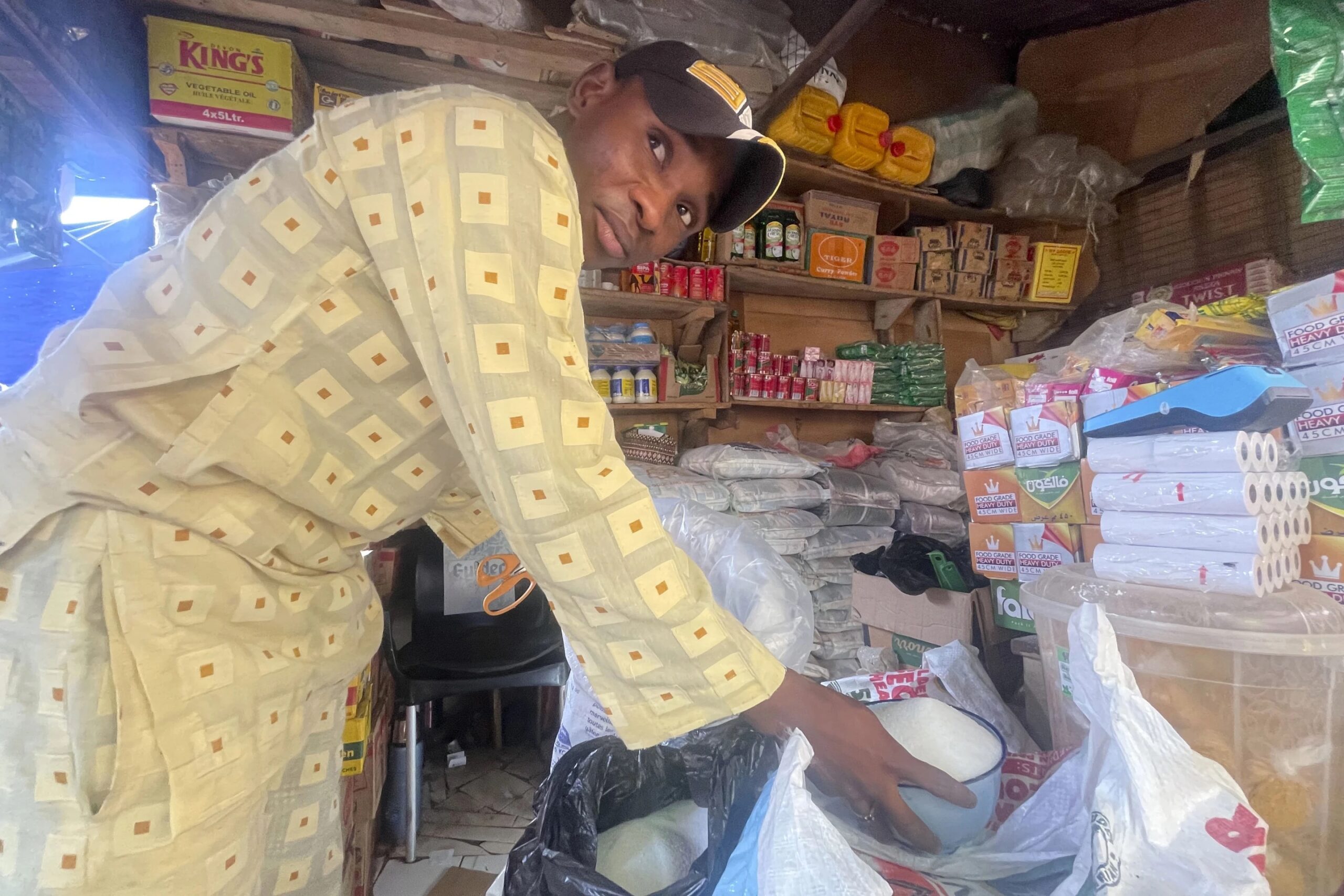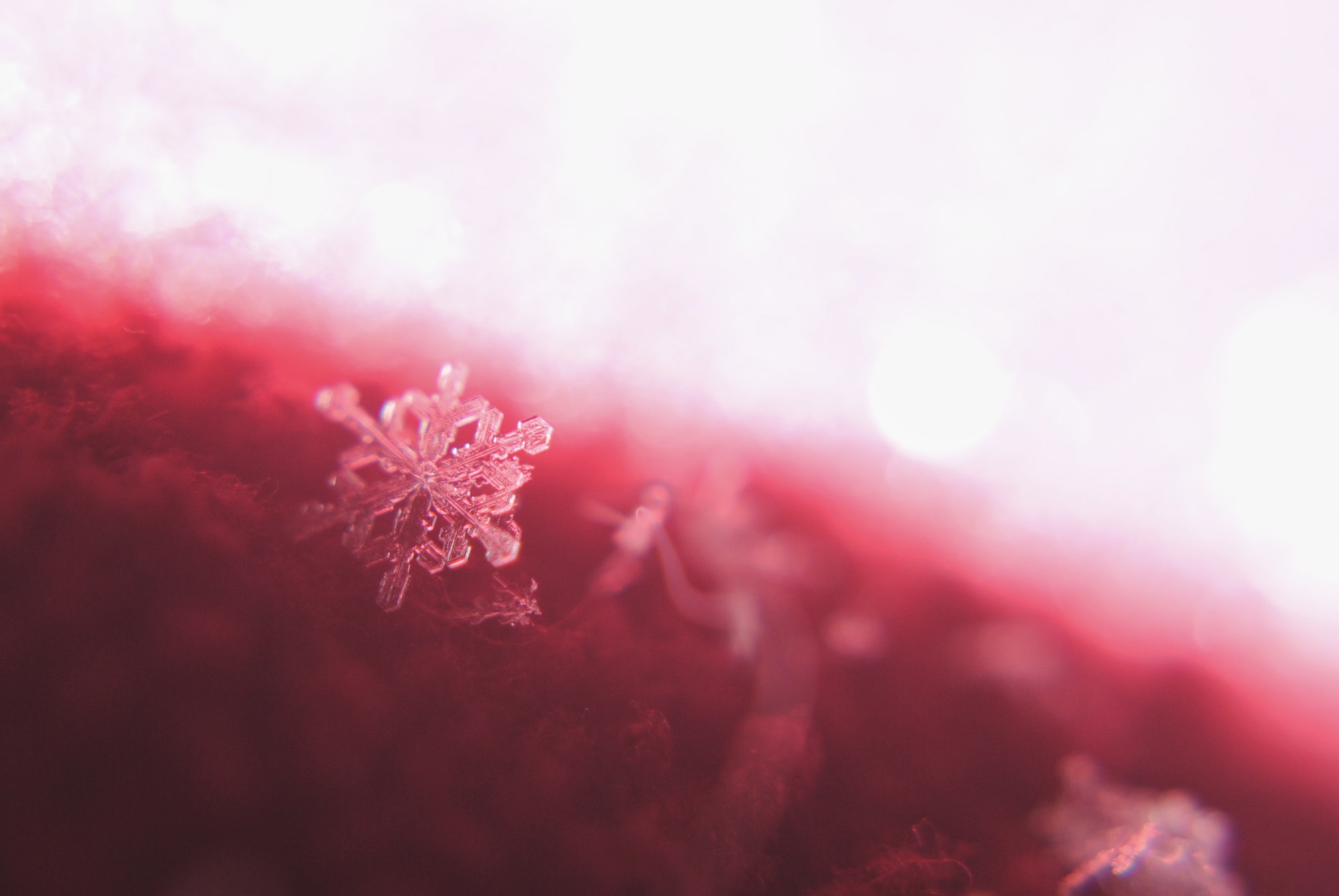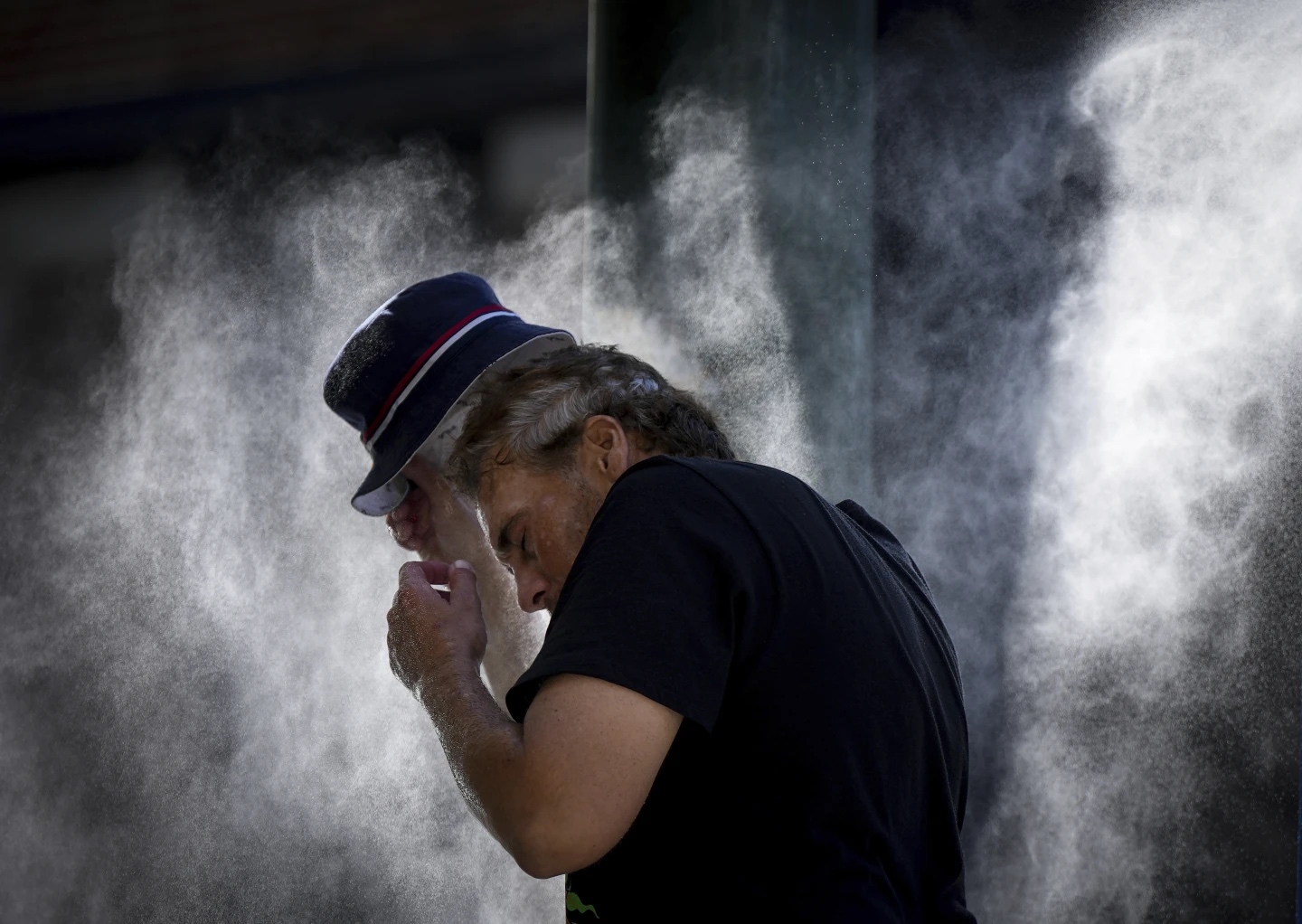When it is hot in the Pacific, it’s too windy in the Atlantic for many hurricanes to form – which explains why this year’s Atlantic hurricane season is off to a slow start. As I write this, the first named storm of the year, Arthur, has formed off of the Florida coast and is headed our way. This rather laconic start to the Atlantic hurricane season is being caused by a phenomenon far away in the Pacific Ocean called El Niño.
The circulation of water in the world’s oceans is controlled by complex interactions of water temperature, salt concentration, surface wind speeds, and the rotation of the Earth. Every two to seven years in the Pacific, these factors conspire to create a zone of water off the western coast of South America which is at least 0.5 ºC (0.8 ºF) warmer than normal. This is what we call an El Niño, and one has been developing over the past several months.
The formation of the zone of warm water results in dramatic changes in the intensity and direction of prevailing winds around the globe, and radically alters precipitation patterns. For example, the winds across the Pacific can completely switch directions. During an El Niño, Australia, the Pacific Rim and India tend to have droughts, while parts of the Americas receive heavy rain. Farmers in drought-stricken California are watching the El Niño with great interest, because if it were to strengthen, they can anticipate that much-needed rain may come in the fall.
These dramatic effects are caused by part of the Pacific being just 0.5 ºC warmer than usual. Half a degree doesn’t sound like a big deal, but it is. This same dynamic comes into play during discussions of global warming. When informed that the atmosphere is approximately 1 ºC warmer than it was in 1850, the general public tends to react with a collective “meh.” Maybe we science writers could help to explain the situation better by taking the more difficult path of focusing on heat content rather than temperature. Let me give it a shot.
By looking at maps of past El Niños, I estimated that the geographic extent of the warm pool of water is approximately 10,000,000 square miles, which is approximately 3 times the size of the continental United States. Even if the warm water in this zone is as little as one foot deep, the extra heat it contains by being 0.5 ºC warmer than usual is 14 quadrillion BTU. Fourteen quadrillion is a bit more impressive than 0.5! This massive buildup of heat in the ocean’s surface is the engine that drives the changes in weather I described above.
Now let’s turn to how the El Niño is impacting our hurricane season here in North Carolina. Last Spring I wrote a three-part series on Hurricanes (Part I, Part II, Part III) which covered the basic science of tropical cyclones – tropical depressions, tropical storms, and hurricanes – which I recommend if you want the full story. For now, let me review the three elements which are needed for a tropical cyclone to form and then strengthen: there needs to be (1) a pool of warm water (2) situated beneath a mass of cold air, and (3) the prevailing winds in the area must be weak. If these three conditions persist, then the evaporation from the warm water coupled with the condensation which occurs in the cold air sets up a self-reinforcing air circulation pattern which can build up into a massive hurricane.
When an El Niño forms in the Pacific, the prevailing winds in the mid-Atlantic (often referred as the trade winds) are stronger and more persistent than normal. Therefore, if a tropical cyclone starts to get organized in the Atlantic, the stronger-than-normal trade winds often intercede to disrupt the circulation pattern and prevent the storm from gaining strength.
Due to this year’s El Niño, our hurricane season is expected to be rather mild. While this may be a relief for beach-front communities, it has some drawbacks for residents of the Triangle. Rains associated with Atlantic storms are important for filling our reservoirs, recharging our aquifers, and watering our flowers. Let’s hope Arthur sends us a little rain.
Have a comment or question? Use the interface below or send me an email to commonscience@chapelboro.com. Think that this column includes important points that others should consider? Send out a link on Facebook or Twitter.






Comments on Chapelboro are moderated according to our Community Guidelines